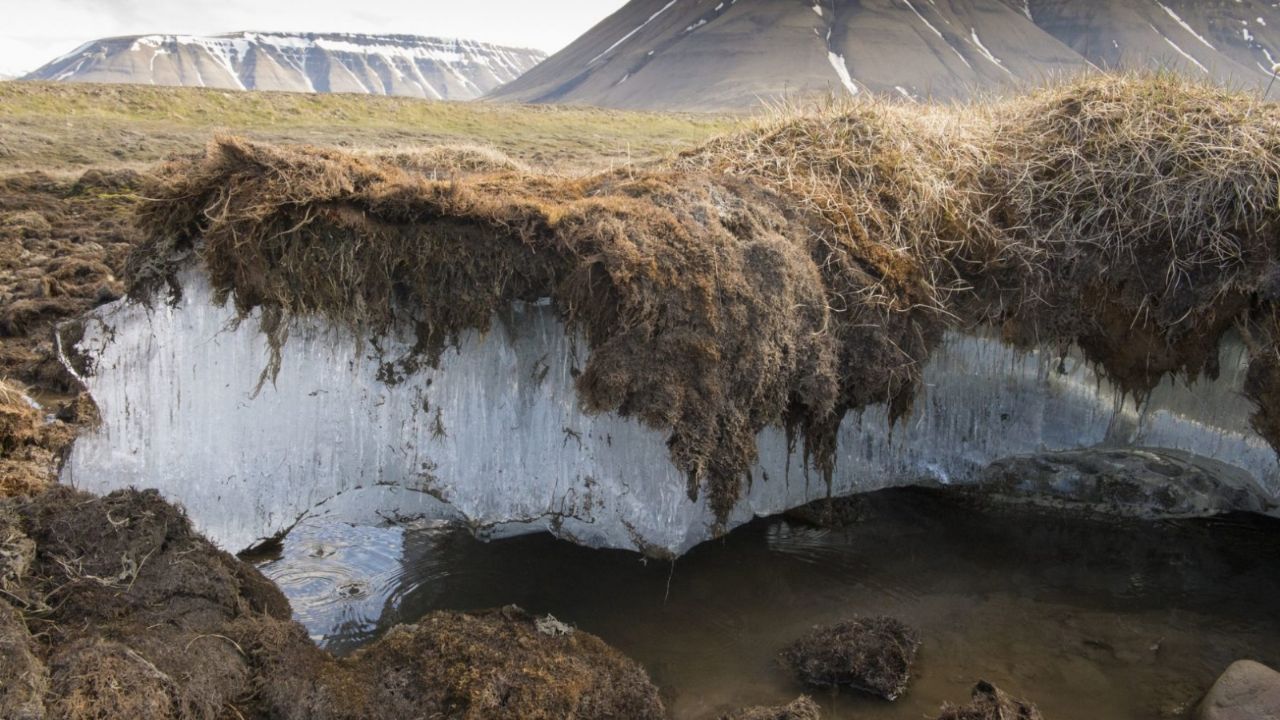
The entire world faces various climatic challenges, but one of the most complicated seems to be reducing the generation of greenhouse gases, which cause climate change and extreme weather events that increasingly affect more people, but although some countries seem worry about this, everyone has forgotten about the biggest source of these gases: permafrost.
Some experts consider that in permafrost they are stored near 1.5 trillion tons of carbon, more than double what is currently in the atmosphere and the alarming thing is that it is being released in the form of CO2 and methane.
What is permafrost?
It is a subsoil layer of the earth’s crust that is permanently frozen, under vegetation and soil. It can be found in circumpolar areas of Canada, Alaska, Siberia, Tibet, Norway, and on several islands in the South Atlantic Ocean such as the South Georgia Islands and the South Sandwich Islands. The oldest permafrost is hundreds of thousands of years old, the thickest and deepest, and can extend up to 1,500 meters below the surface.
A study published by the Department of Geography at the University of Zurich, in Switzerland, calculated in 2012 that all the permafrost in the world is equivalent to an area of about 22 million square kilometers.
What does global warming have to do with permafrost?
Global warming increases temperatures around the globe and the Arctic is warming about three times faster than the rest of the Earth, which has altered conditions in the permafrost, which under normal conditions keeps the organic carbon remains frozen and dry. Most worrisome is that a vicious cycle is created, as the gases released by global warming cause temperatures to rise even higher, which in turn generates more melting.
A study by the British scientist Sarah Chadburn (in 2017) determined that if the temperature of the atmosphere increases 2 degrees Celsius compared to the pre-industrial era, 6.5 million square kilometers of permafrost will disappear, that is, 30% of the total, which, without a doubt, would have devastating effects. However, it appears that none of the nations have any plans to prevent this.
KEEP READING…
Women, the most affected by climate change
msb



